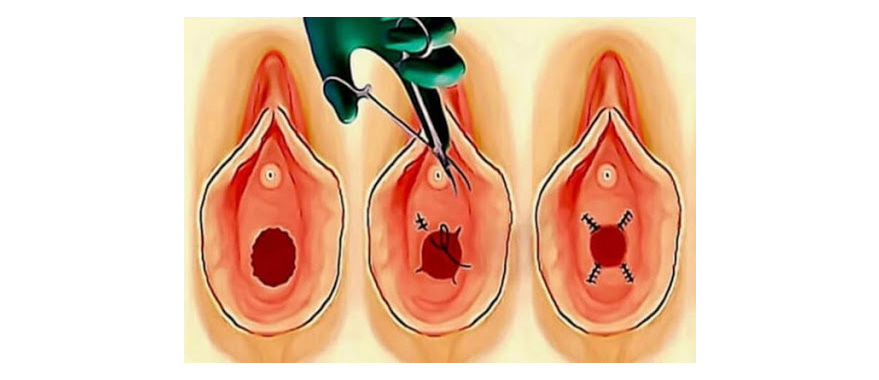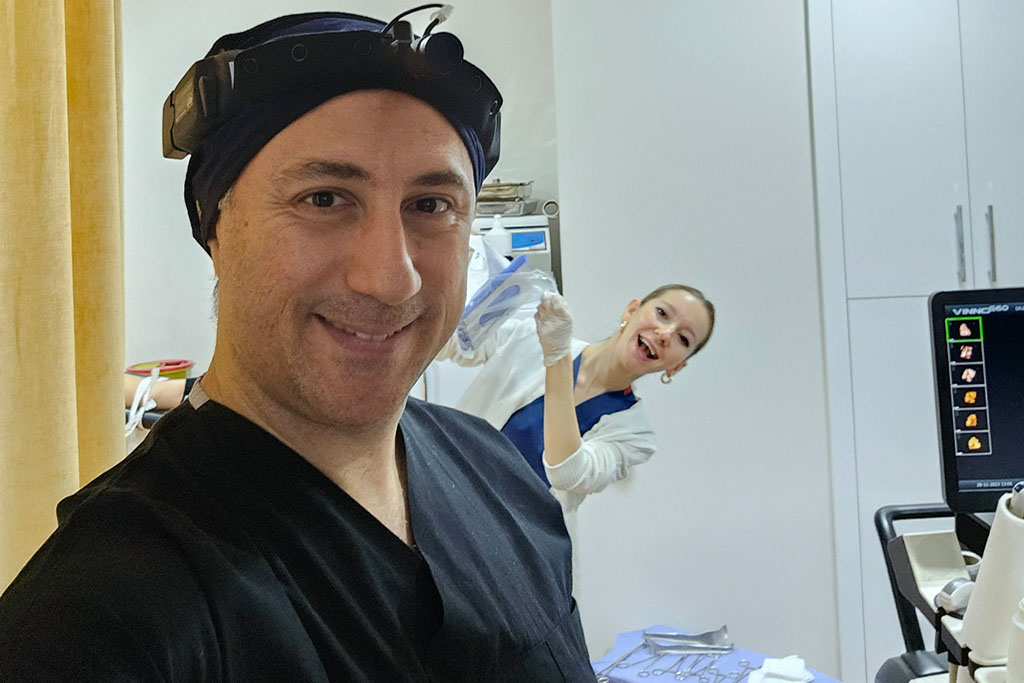Hymenoplasty (hymen repair surgery) is required when the hymen tissue, known as the hymen, is damaged due to sexual intercourse or trauma to the genital area. Regret and distress following unwanted or non-consensual sexual encounters are common reasons for patients to seek consultation with a gynecologist. In fact, many patients undergoing therapy due to depression related to such events are referred to gynecologists for hymenoplasty by their therapists.
Hymen repair is performed in two techniques: permanent and temporary repair. In permanent repair, bleeding occurs after intercourse, whether it happens a month, a year, or five years later. Permanent hymenoplasty can last a lifetime. However, a final check-up near the time of intercourse confirms the success of the procedure. In permanent hymenoplasty, the vaginal opening is narrowed by either lifting a flap or removing tissue from the vagina, ensuring bleeding during sexual intercourse. Additionally, if narrowing is performed during permanent hymenoplasty, repeated procedures can potentially harm the patient's anatomy and lead to unwanted complications.
In women who have experienced prolonged sexual activity, abortion, miscarriage, or childbirth, hymenoplasty can be performed along with vaginal tightening surgery in the same session. The most appropriate time for permanent hymenoplasty is usually after the menstrual period ends.
The duration of the procedure varies depending on the method used but generally lasts about 20-30 minutes. It can be performed under sedation and local anesthesia. The recovery period lasts from 4 to 8 weeks, and intercourse is not recommended during the first 2 months. Since the repair is permanent, once the healing process is completed, intercourse can be resumed at any time, and bleeding will occur when the hymen is torn during sexual activity. After the procedure, 1-2 days of rest may be required. It is crucial to follow the doctor's recommendations and avoid heavy physical activities, prolonged constipation, swimming, waxing, or laser treatments for 4-6 weeks. Only an experienced gynecologist will be able to tell that the procedure has been performed. After the first intercourse post-operation, even during pregnancy or a routine gynecological examination, it is usually not detectable by a gynecologist that the procedure was done.






